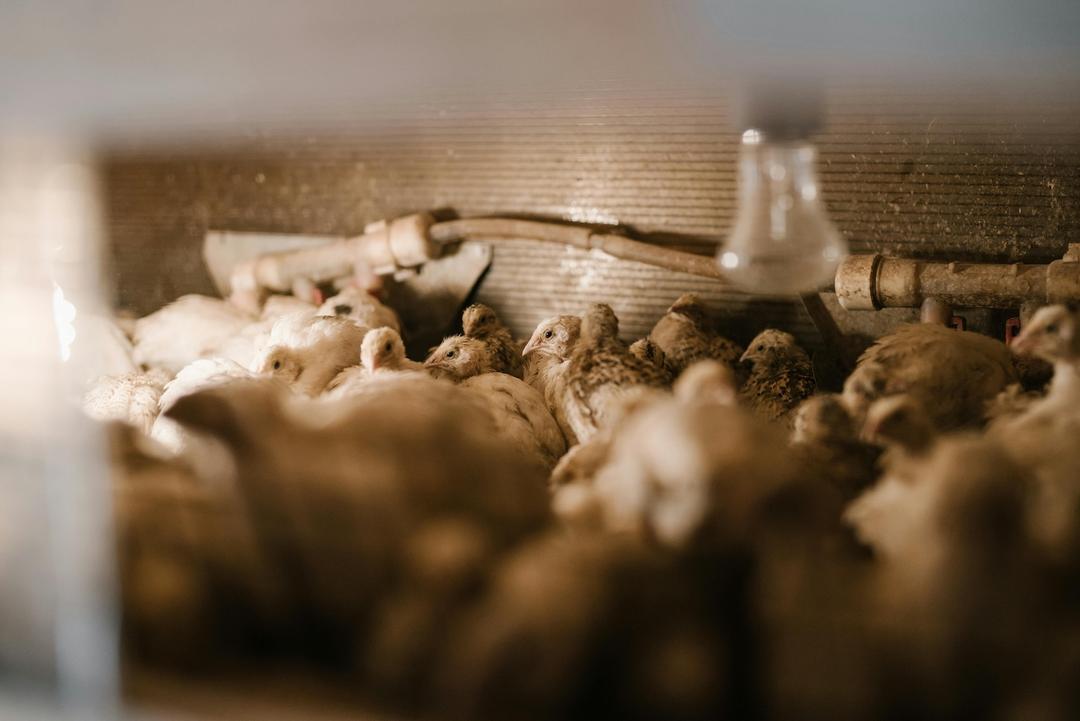🍏 English scrumpy, Spanish sidra, and American craft cider
Cider isn’t one-size-fits-all. Around the world, different regions have shaped cider to fit their landscapes, apple varieties, and cultures. From English scrumpy cider in the orchards of Somerset, to the ritual pours of Spanish sidra in Asturias, to the innovative wave of American craft cider, each style reflects a unique story of farming and tradition.
👉 Related: Explore more about apples & cider here
England: Scrumpy Cider and the Taste of Rural Heritage
In southwest England, particularly Somerset and Devon, cider has been part of rural identity for centuries. Scrumpy cideris the traditional farmhouse style: cloudy, unfiltered, strong, and usually still rather than sparkling. Made with bittersweet apple varieties, it delivers bold tannins and an earthy flavor profile.
Farm workers were once partly paid in cider (The Orchard Project, 2019). Scrumpy remains distinct for being rustic, higher in alcohol, and less polished than most modern bottled ciders (Britannica, 2025; Cidercraft Magazine, 2022). Today, orchard tours and scrumpy festivals celebrate this heritage, and local pubs still serve it straight from the barrel.
👉 Related: How Farms Turn Apples Into Cider
Spain: Sidra and the Ritual of the Pour
In northern Spain’s Asturias and Basque Country, cider (sidra) is all about flavor and ritual. Spanish sidra is bone-dry, tart, and deliberately low in carbonation (American Homebrewers Association, 2021). To bring it alive, servers pour it dramatically from above their heads into glasses held low at the hip, creating a quick fizz and opening its aroma (Imbibe, 2019).
The ritual pour, known as the escanciado, is central to sidra culture. At a traditional sidrería (cider house), people gather to share sidra in small sips with salt cod omelets, cider-braised chorizo, or grilled steak. Festivals and the Basque txotxseason keep this communal tradition thriving.
👉 Related: What Happens at an Orchard in the Off-Season?
United States: Craft Cider and Modern Creativity
Cider nearly disappeared in the U.S. after Prohibition, when orchards shifted to table fruit. But in the past two decades, American craft cider has surged back—blending heritage with experimentation.
Most U.S. ciders are sparkling, ranging from bone-dry to sweet, often infused with hops, berries, or spices. Some producers revive heirloom apple varieties for terroir-driven, single-varietal bottles. Compared with England’s rustic scrumpy and Spain’s ritual sidra, American cider is defined by diversity and innovation (Imbibe, 2015). Many cider makers are even experimenting with sidra-inspired, low-carbonation batches (Imbibe, 2019).
👉 Related: From Orchard to Glass: A Short History of Cider in America
Quick Comparison of Cider Traditions
| TraditionTypical TraitsServing StyleCultural Role | |||
| Scrumpy (England) | Cloudy, still or lightly sparkling, strong, tannic | Straight from barrels or jugs | Rustic heritage drink tied to orchard labor (The Orchard Project, 2019; Cidercraft, 2022) |
| Sidra (Spain) | Bone-dry, flat, tart | Poured dramatically from height | Ritual pouring, communal dining & festivals (AHA, 2021; Imbibe, 2019) |
| Craft Cider (U.S.) | Sparkling, experimental, dry–sweet | Bottles, taps, tasting flights | Modern reinvention through craft culture (Imbibe, 2015; Imbibe, 2019) |
Beyond the Big Three
Cider traditions don’t stop here. Normandy, France, is famous for farmhouse cidre and apple brandy (Calvados). Japan’s Aomori Prefecture produces distinctive apple ciders and wines. Wherever apples grow, people find ways to ferment them—each region layering its own techniques and culture.
Why These Traditions Matter
Scrumpy is rustic and rooted in farm life. Sidra is ritualistic and communal. American craft cider is inventive and wide-ranging. Together, they show how farming and culture shape what ends up in the glass. Cider isn’t just a drink—it’s agriculture, history, and identity in liquid form.
🍎 Also read:
- From Orchard to Glass: A Short History of Cider in America
- How to Make Fresh Apple Cider at Home (Without Special Equipment)
- Explore more apples & cider blogs →
❓FAQ: Global Cider Traditions
Is scrumpy sparkling or still?
Scrumpy is usually still or only lightly sparkling, and is often cloudy and stronger than commercial bottled cider (Britannica, 2025; Cidercraft, 2022).
Why do Spaniards pour sidra from above?
The high pour aerates sidra, giving it fizz and aroma, and the ritual escanciado is central to Asturian cider culture (Imbibe, 2019).
How is American craft cider different from scrumpy or sidra?
It’s typically sparkling, ranges from dry to sweet, and embraces experimentation—blending tradition with modern creativity (Imbibe, 2015).
What’s the difference between cider and hard cider in the U.S.?
In the U.S., “hard cider” means alcoholic cider, while “cider” often refers to non-alcoholic apple juice (American Homebrewers Association, 2021).
🌱 At Delve, we believe agriculture connects us all.
From scrumpy in England to sidra in Spain to craft cider in the U.S., these traditions remind us how farms shape culture everywhere.
Want more stories like this?
👉 Sign up for our newsletter to explore how local farms connect with global traditions.
📚 References
- The Orchard Project. (2019). A Brief History of Cider in the UK.
- Britannica. (2025). Scrumpy.
- Cidercraft Magazine. (2022). The 411 on Scrumpy Cider.
- American Homebrewers Association. (2021). Cider, Sidra, Sagardoa.
- Imbibe Magazine. (2015). American Cider Goes Mainstream.
- Imbibe Magazine. (2019). American Cider Makers Find Inspiration in Sidra.





